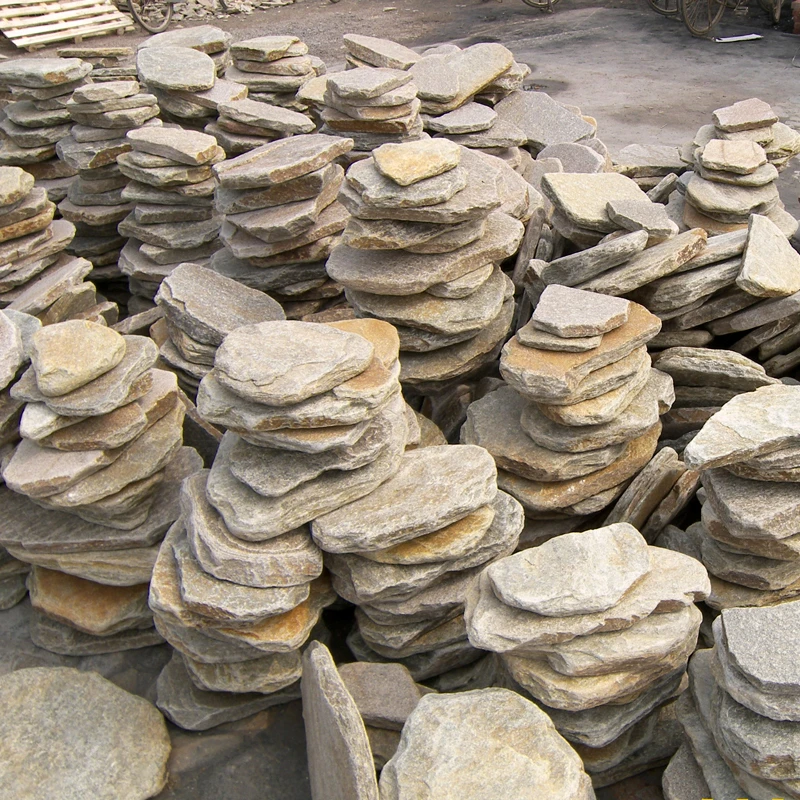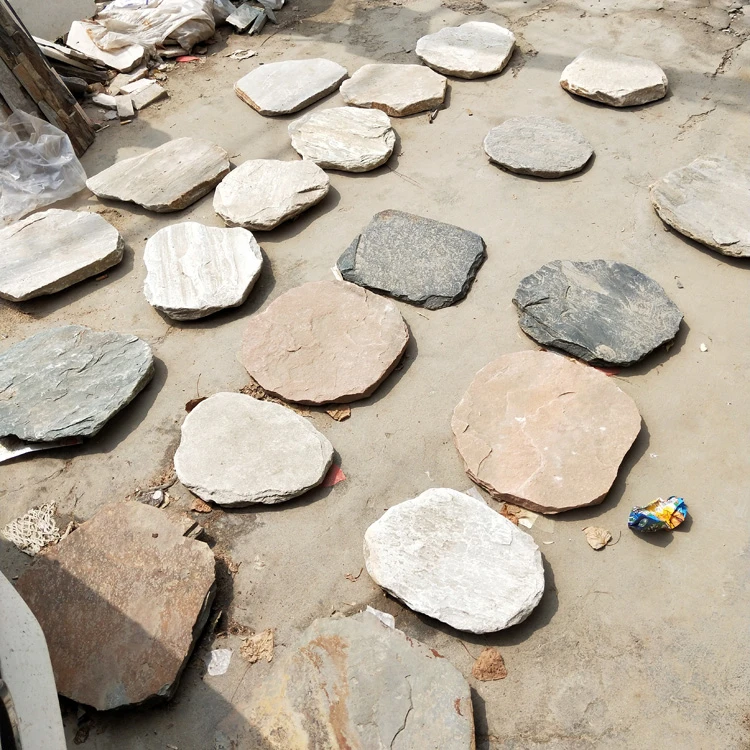
Personalized Stepping Stones – Where Memories Become Part of the Landscape
Turn your garden into a living storybook with custom stepping stones that carry your unique imprint. More than just a path, these handcrafted pieces transform ordinary walkways into journeys through cherished moments—each stone a permanent marker of love, celebration, or quiet reflection.
Imagine footsteps pausing over a child’s tiny handprint preserved in smooth concrete, a beloved pet’s pawprint forever memorialized among the flowers, or an anniversary date embedded in mosaic glass that catches the sunlight. Our personalized stones blend artistry with durability, crafted to weather seasons while keeping your most precious memories alive under open skies.
Whether commemorating milestones, honoring loved ones, or simply adding a touch of whimsy to your garden, each piece becomes an intimate part of your outdoor sanctuary. Made with high-quality materials and sealed for longevity, these stepping stones grow more meaningful with time—their surfaces acquiring a gentle patina from rain and footsteps, just as memories deepen with years.
Garden Path Ideas With Stepping Stones
The magic begins with stone selection, where materials like weathered flagstone, rugged slate, or smooth river rocks establish the pathway's character. Irregular natural stones create a charming, informal look as if they emerged spontaneously from the earth, while precisely cut geometric pavers lend contemporary elegance. The spacing between stones plays a crucial role in setting the walking rhythm—closer placements encourage brisk movement, while generous gaps invite visitors to slow down and appreciate their surroundings. This deliberate pacing transforms a simple traverse into a mindful experience, much like a Japanese "roji" tea garden path designed to prepare guests for ceremony.
Planting choices between and around the stones breathe life into the design. Creeping thyme or woolly chamomile release fragrance when brushed against, while moss transforms stone edges into living borders that soften the hardscape. For a moonlit garden, strategically placed light-reflective stones or solar-powered accent lighting can make the path glow like a constellation underfoot. Some gardeners take whimsical approaches, arranging stones to mimic a stream's meandering flow or patterning them like scattered leaves for seasonal thematic charm.
The construction itself becomes an exercise in harmony with the existing landscape. Gentle curves that follow the land's natural contours feel more organic than rigid straight lines, while strategic placement can highlight specimen plants or frame picturesque views. Elevated stones create dry crossings over seasonal waterways, and wider "pause stones" offer places to stop and admire particular garden vignettes. The path's edges might blur intentionally into planting beds, allowing groundcovers to spill over and integrate the hardscape with the softscape.
Beyond aesthetics, stepping stone paths solve practical challenges in the garden. They provide stable footing without preventing water infiltration to plant roots, minimize soil compaction around delicate specimens, and allow easy redirection as the garden evolves. Their modular nature means damaged sections can be replaced without disrupting the entire walkway, and the path can grow organically as new garden areas develop.
A well-designed stepping stone path tells the story of your garden's personality—whether through playful irregularity that suits a cottage garden, sleek minimalism for modern landscapes, or mystical winding routes that evoke secret woodland trails. The stones become more than transportation; they're markers of experience, encouraging visitors to engage with the landscape at nature's pace rather than hurrying through. As seasons change, the path takes on new characters—dusted with snow, framed by autumn leaves, or bordered by spring blooms—ensuring the journey through your garden never feels quite the same twice.
These pathways ultimately create what landscape designers call "desire lines"—natural routes that feel instinctively right to follow. By carefully considering stone selection, placement rhythm, surrounding plants, and integration with the broader landscape, a stepping stone path transforms from mere functionality into a poetic garden feature that guides both feet and imagination through your personal paradise.



